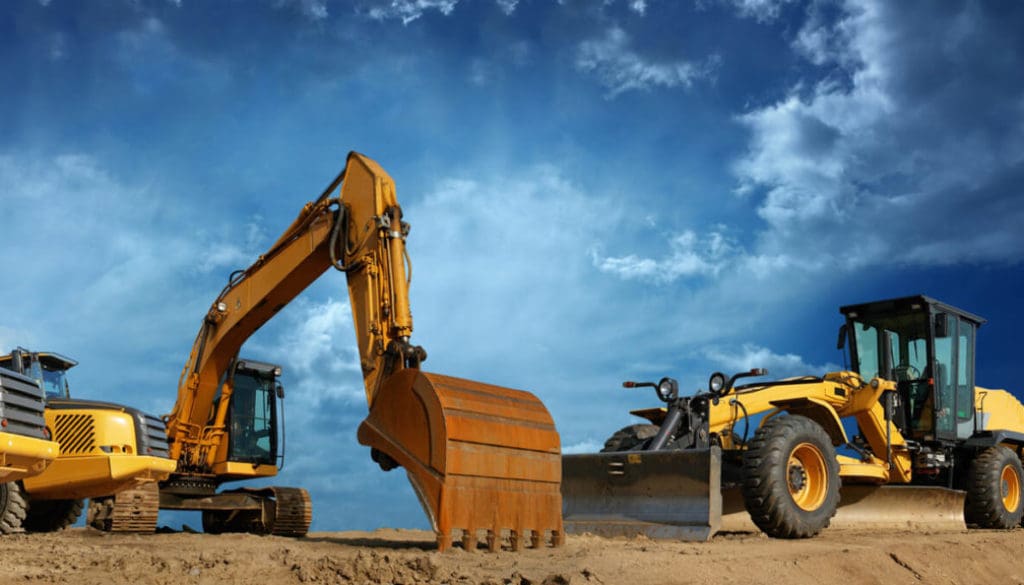Renting Vs. Purchasing Building And Construction Tools: Making the Right Selection for Your Project
When beginning on a building task, one of the important choices that project stakeholders and managers encounter is whether to lease or acquire building equipment. The decision hinges on different variables such as cost factors to consider, project period, devices maintenance, threat, flexibility, and scalability monitoring.
Expense Factors To Consider
When assessing the financial aspect of buying versus leasing building equipment, the in advance costs and long-lasting expenses must be carefully considered. Leasing tools commonly needs reduced first settlements contrasted to purchasing, making it an eye-catching option for temporary jobs or specialists with spending plan constraints. Renting eliminates the need for huge capital investments and lowers the monetary risk related to tools ownership, such as upkeep and devaluation prices. However, in the future, constantly renting out tools can gather greater costs than buying, especially for extensive jobs.
On the other hand, getting construction tools includes greater ahead of time expenses yet can lead to lasting cost savings, especially for constant individuals or long-term tasks. Possessing devices provides versatility, convenience, and the possibility for resale value once the project is finished. Additionally, having devices permits personalization and knowledge with certain equipment, possibly raising effectiveness and productivity on-site. Eventually, the choice between buying and renting out construction devices rests on the task's duration, frequency of use, spending plan factors to consider, and long-term monetary objectives.
Task Period

On the other hand, for long-term jobs or continuous building and construction work, getting equipment can be the much more cost-effective choice. Investing in equipment can bring about cost savings in the long run, particularly if the tools will be often used. Furthermore, owning equipment gives a feeling of control over its accessibility and permits for customization to fit certain project needs.

Equipment Maintenance
Provided the important function job duration plays in figuring out one of the most cost-efficient method between getting and renting building devices, the focus now moves in the direction of examining the crucial facet of devices maintenance. Correct upkeep is essential for guaranteeing the ideal performance and long life of construction equipment. Leasing devices frequently includes the benefit of having actually well-maintained equipment given by the rental firm. This can minimize the concern of upkeep jobs from the task proprietor or specialist, saving time and effort. On the other hand, having equipment calls for a proactive approach to upkeep to avoid malfunctions, make sure safety and security, and prolong the tools's life expectancy. Routine inspections, maintenance, and timely repair work are necessary to keep owned devices in leading functioning problem. Consider maintenance expenses when making a decision between renting and acquiring, as overlooking upkeep can bring about expensive fixings, downtime, and project hold-ups. Inevitably, a well-kept building tools fleet, whether rented out or owned, is necessary for the successful and reliable completion of construction jobs.
Flexibility and Scalability
In the world of building and construction devices lull heavy equipment administration, the element of versatility and scalability holds significant relevance for task performance and resource usage. Choosing to lease building tools offers a high level of flexibility as it enables for the fast modification of equipment kinds and quantities based on the evolving requirements of a job.
Leasing building equipment provides the advantage of easily scaling operations up or down as project needs rise and fall. Professionals can rapidly include or exchange equipment to match the project's transforming demands without the restrictions of owning properties that may come to be underutilized or out-of-date.
Threat Administration
Reliable danger administration in building and construction tools operations is critical to making sure project success and mitigating potential economic losses. Construction jobs inherently include different risks, such as equipment breakdowns, accidents, and task delays, which can dramatically affect the job timeline and budget plan. By carefully thinking about the threats associated with owning or renting out building equipment, project supervisors can make informed decisions to minimize these prospective hazards.
Leasing building devices can offer a level of risk mitigation by transferring the obligation of maintenance and repair work to the rental firm. This can reduce the monetary problem on the job proprietor in instance of unexpected tools failings (mini used towable backhoe excavator rental). Additionally, leasing offers the adaptability to accessibility specialized equipment for certain job phases, lowering the danger of possessing underutilized equipment
On the various other hand, possessing construction equipment supplies a feeling of control over its use and upkeep. Nonetheless, this additionally implies birthing the complete obligation for fixings, maintenance costs, and depreciation, raising the economic dangers related to equipment possession. Cautious threat analysis and consideration of factors such as job duration, equipment usage, and upkeep demands are vital in determining one of the most appropriate alternative for efficient risk administration in building tasks.
Final Thought
To conclude, when determining between purchasing and renting out building and construction devices, it is necessary to consider price, task duration, equipment maintenance, flexibility, scalability, and risk monitoring. Each element plays a critical duty in determining one of the most appropriate choice for the job handy. By meticulously assessing these facets, project managers can make an enlightened choice that straightens with their budget plan, timeline, and company website general project objectives.
:max_bytes(150000):strip_icc()/Balance_Must_Have_Earth_Moving_Construction_Heavy_Equipment_844586-c5b6ac9e5c074c11ad41e9acaea8f099.png)